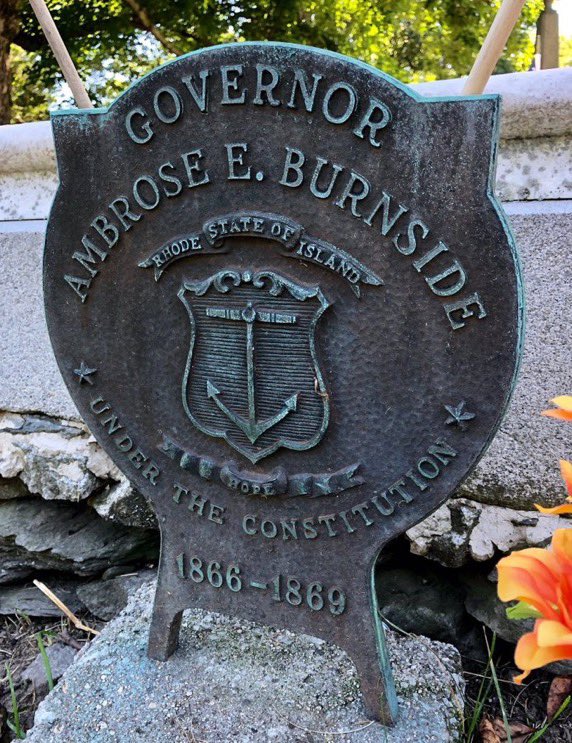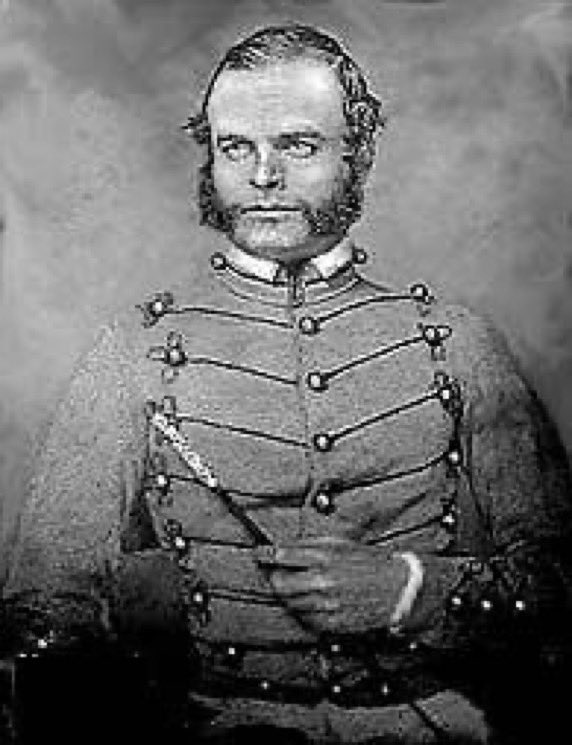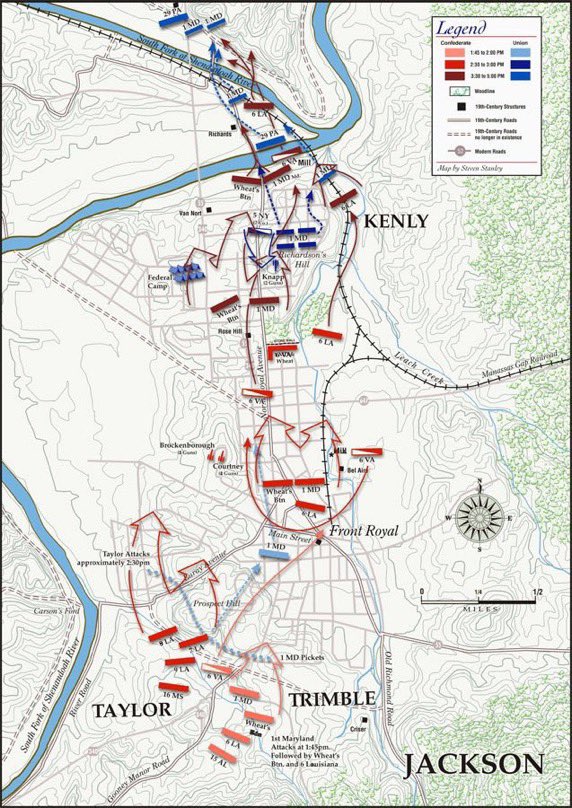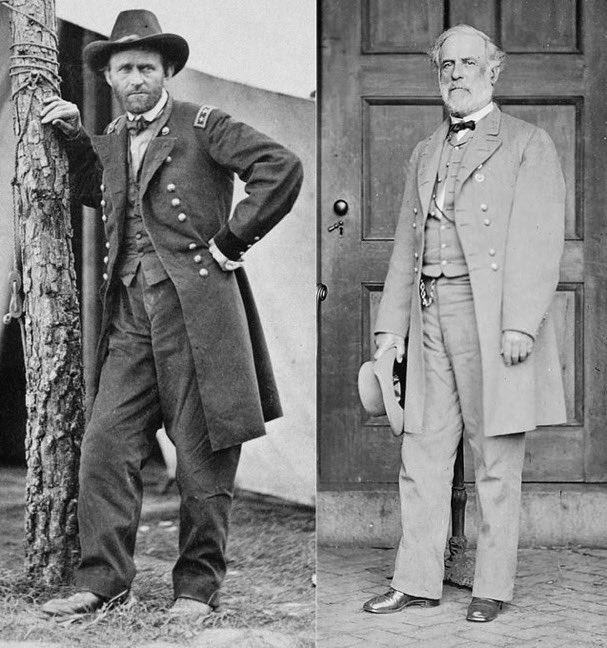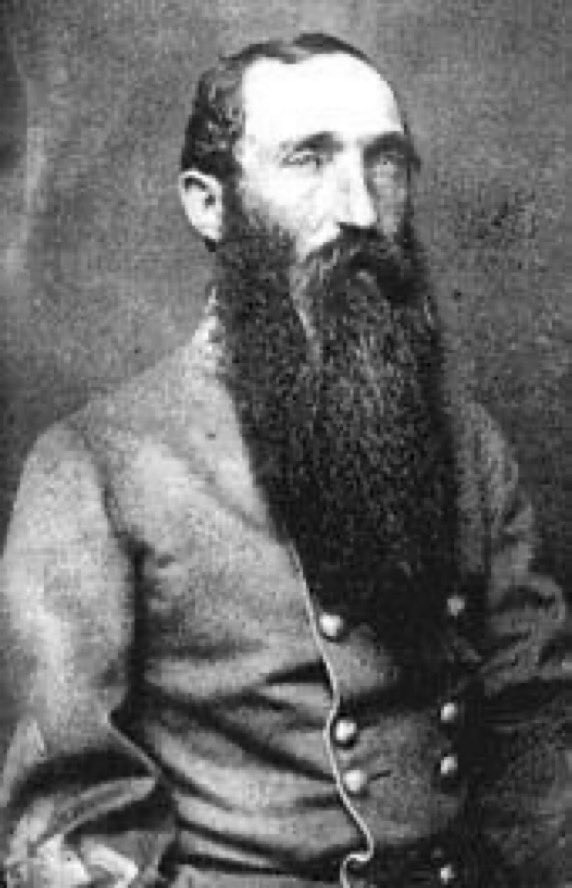#OTD in 1864, after the failure of his assaults the previous two days, General @USGrantNPS made one final attempt to draw out and do battle with Robert E. Lee’s entrenched Army of Northern Virginia near Spotsylvania Court House. #CivilWar🧵 



Grant ordered General Winfield Scott Hancock to take II Corps toward the Fredricksburg-Richmond Railroad, and then march south, hoping that Lee would send his army to intercept the isolated Corps and give Grant an opportunity to engage them before they could entrench again. 



Lee had his own plans. He’d ordered Richard Ewell to take his Corps north and east, to find the U.S. flank at that end of their line. Near the Harris Farm, also known as Bloomsbury Farm, Ewell’s men encountered U.S. Heavy Artillery units that had been converted to infantry. 





Ewell’s men attacked, but the inexperienced U.S. troops held their ground. They were reinforced by General David Birney’s division, and inflicted heavy casualties on the confederates. 





Fearing a general engagement, Lee ordered Ewell to withdraw. One third of Ewell’s engaged force had been killed, wounded or captured, but they had delayed Hancock’s movement south. 

• • •
Missing some Tweet in this thread? You can try to
force a refresh




